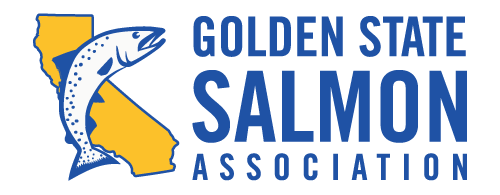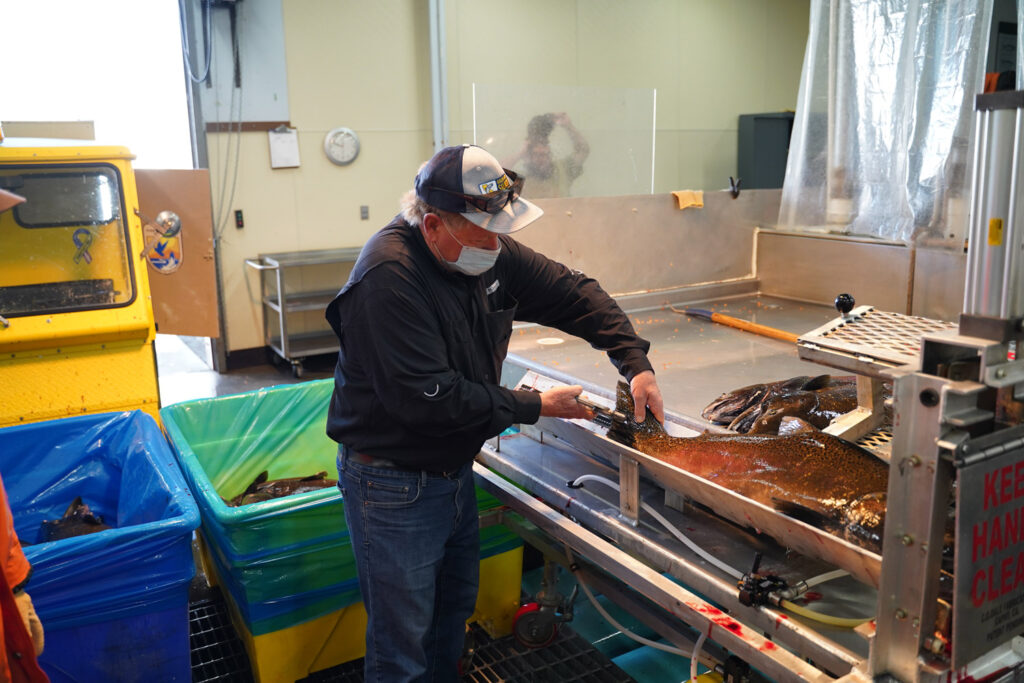
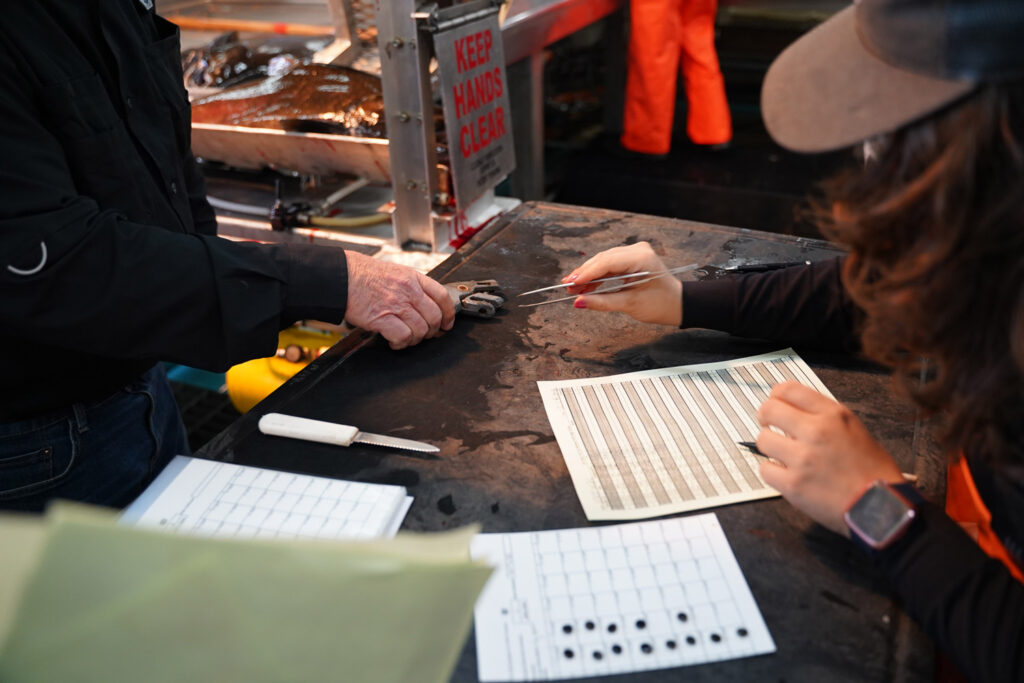
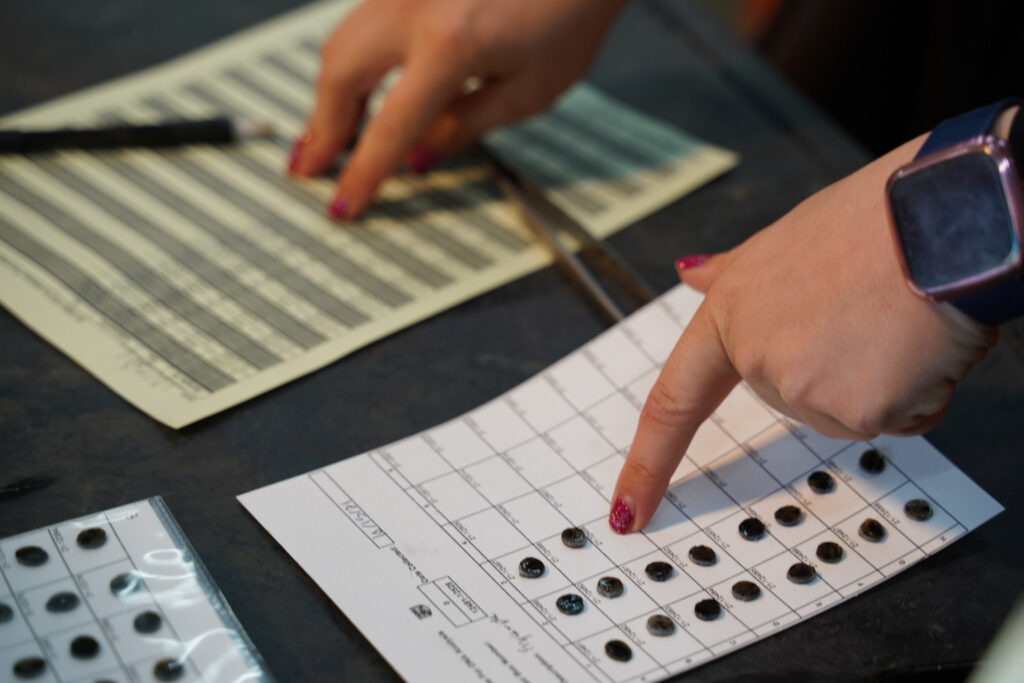
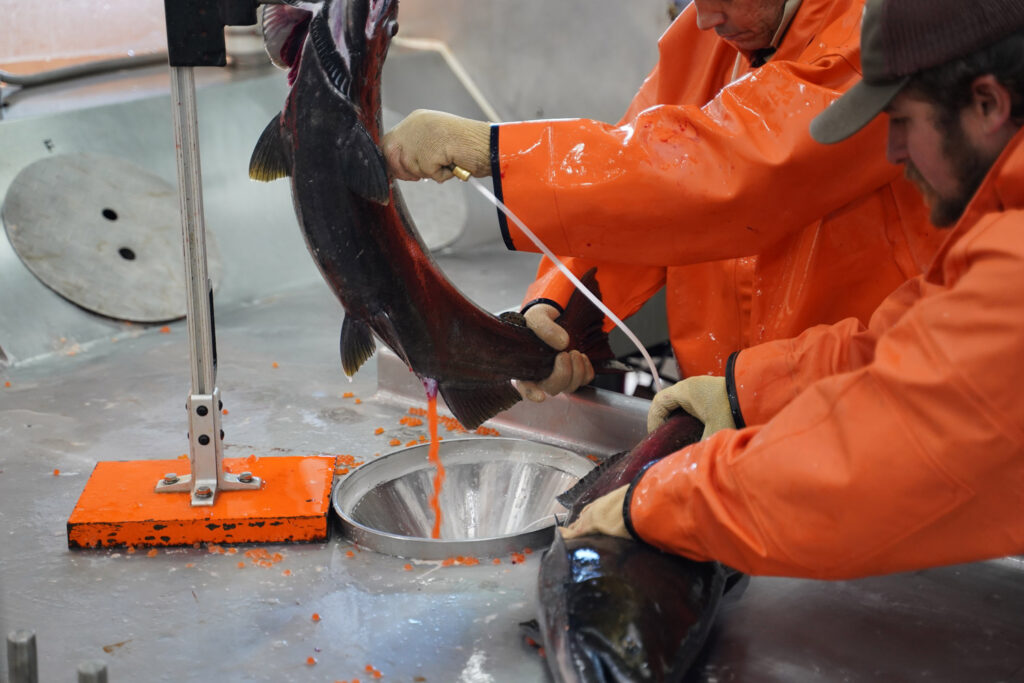
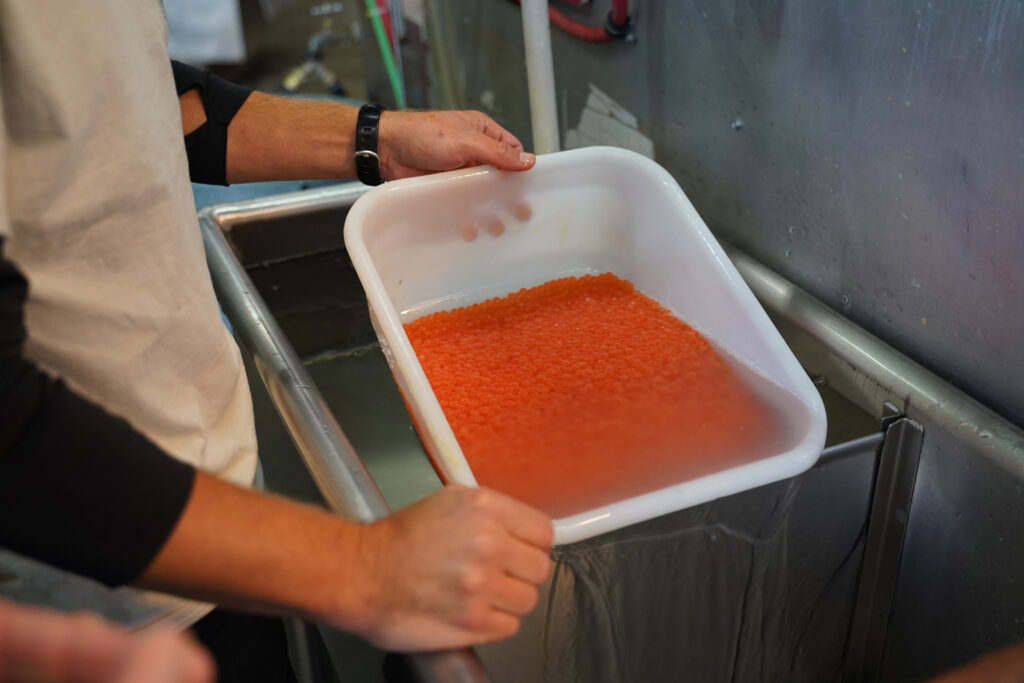
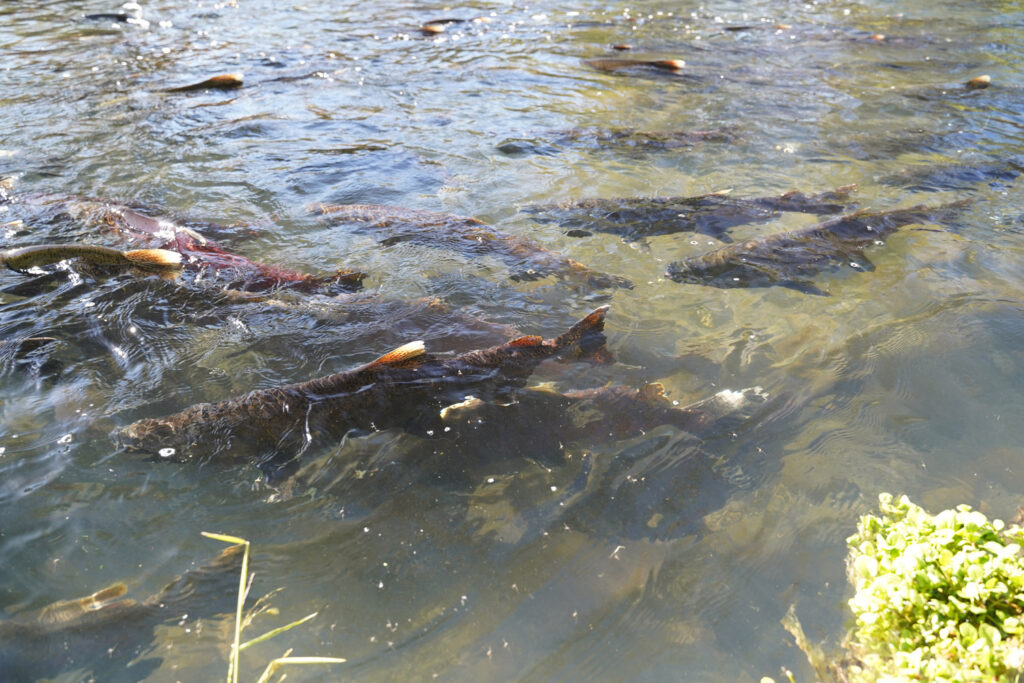
After a request from GSSA, and several meetings with the US Fish and Wildlife Service (FWS) regional director Paul Souza and the National Marine Fisheries Service (NMFS) regional administrator Barry Thom, the FWS has started a program to put two million more fall run salmon into the upper Sacramento Basin. The FWS Coleman Hatchery will hatch out the additional two million baby salmon this fall and winter and release them early next year into the upper Sacramento River. This will restart what many considered a very successful program that added millions of fish to the river until it was discontinued in the 1990’s. It will also likely go a long ways towards compensating for losses caused by the drought. Those who fish in the Sacramento River should see many of these fish return as adults in 2024.
The fish will be too small at the time of their release to be clipped and tagged with conventional coded wire tags so a novel technology is being used to track them. Tissue samples are being taken from adult parent salmon which will be compared to tissue taken three years from now when the offspring return as adults. On a recent trip to Coleman hatchery GSSA helped take some of these tissue samples.
This parent based, or DNA tagging, advances the use of this technology in California salmon hatcheries. GSSA hopes that success of this part of the program could lead to it eventually being more widely employed at other fall run hatcheries. This could allow much earlier release of hatchery salmon at times in the winter when high flows are present in the Sacramento River, boosting survival.
Current tagging requires the baby salmon to reach at least three to four inches before they can be mass tagged in coded wire tagging machines. This in turn requires most hatchery managers to rear the salmon at least into late March, if not April, to achieve the needed size. In many years this is too late to capitalize on high winter and spring flows in the river, needed to safely deliver the baby salmon past predators and to the Delta, Bay and ocean.
A key question researchers hope to answer is what level of survival these salmon will experience and where they return to as adults. GSSA is grateful to the USFWS and Coleman Hatchery for doing this work, which will add many more fish to our drought stressed rivers.
A key question researchers hope to answer is what level of survival these salmon will experience and where they return to as adults. GSSA is grateful to the USFWS and Coleman Hatchery for doing this work, which will add many more fish to our drought stressed rivers.
